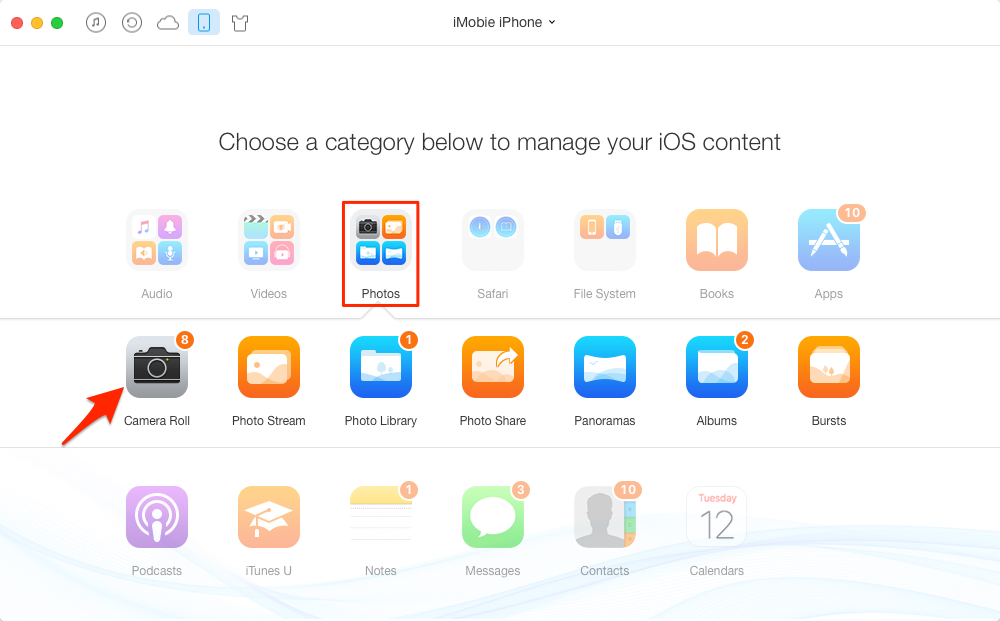Contents. Usage Originally branded as AirSync and only supporting and devices, Microsoft now licenses the technology widely for synchronization between and mobile devices in a number of competing collaboration platforms, including:.
Devices that support Exchange ActiveSync protocol version 14.1, including Windows phones, can support IRM in Exchange ActiveSync. The device's mobile e-mail application must support the RightsManagementInformation tag defined in Exchange ActiveSync version 14.1. Return to top.
with the GroupWise Mobility Services software,. with,. in paid subscriptions from 2013. In addition to support on, EAS client support is included on:.,.,. smartphones and the tablet computer.
Beyond installations of Exchange, the various personal and enterprise hosted services from Microsoft also utilize EAS, including. The built-in email application for desktop, Mail app, also supports the protocol. History 1.0 The first version of EAS (called AirSync at the time) was a part of Mobile Information Server (MIS) 2002.
This version of EAS communicated over Web-based Distributed Authoring and Versioning to Exchange 2000 servers syncing Email, contacts, and calendar and allowed users to select a folder list to sync but this was only for email folders (not contacts or calendars). This initial version of EAS has the user’s device “pull” data down rather than have the server “push” new information as soon as it was available. 2.0 EAS 2.0 shipped in 2003. This version of the protocol was developed by the Microsoft Windows Mobile team and was delivered as a binary drop (massync.dll) to the Exchange Server team. EAS used WebDAV to connect to a user's mailbox and added the ability to sync non-default calendar and contacts folders.
Always Up To Date (AUTD) was implemented as a way to let a device know if there was new information for it and Short Message Service was the technology used to deliver this information to the device. Because of the use of SMS as a notification, the configuration of an SMS gateway was required and each account needed to be configured with a user's mobile phone number. 2.1 In Exchange Server 2003 SP1 ghosting support was added to EAS 2.1. Ghosting tells server what they can sync and then all is sent down but when changes are sent up, only specified fields are changed (others are not deleted). The EAS protocol also moved from a Globally Unique Identifier to 1:X short IDs for all items which reduced the amount of data sent across the wireless network.
2.5 EAS 2.5 (Part of Exchange Server 2003 SP2) was the first version of EAS to be written by the Exchange Server team. This version also introduced Direct Push, a real-time push e-mail solution which allows the server to say 'I have a new item for you' and then tells the client device to do a sync. (This was called a 'Ping Sync'). (GAL) search was added to enable people to look up other co-workers in their company directory to find their email address. The ability to remotely wipe a device was also added so administrators could remove company data from a device that was lost, stolen, or after an employee left the company.

Tasks syncing was added as was email encryption and the following policies were added:. Minimum password length. Timeout without user input. Require password.
Require alphanumeric password. Number of failed attempts. Policy refresh interval. Allow non-provisionable device 12.0 EAS 12.0 came with Exchange Server 2007.
EAS 12.0 was a complete re-write of the protocol (in ) from its previous version. Retrieved on 2013-10-23. Retrieved July 11, 2017. Computerworld (2008-03-06). Retrieved on 2013-10-23.
Retrieved on 2013-10-23. Retrieved July 7, 2010. Retrieved July 7, 2010.
Retrieved July 7, 2010. Retrieved July 7, 2010. Exchange dev blog.
Retrieved July 11, 2017. Outlook and Exchange dev blog. Buy a license for mac.
Retrieved July 11, 2017. Legal and Corporate Affairs.
Retrieved 19 November 2012. Retrieved July 7, 2010. Retrieved July 19, 2015. Retrieved 19 November 2012. Retrieved 19 November 2012. Further reading.
Microsoft Exchange Server TechCenter. Microsoft Corporation.
Support For Mac Book Pro
Retrieved 2012-11-23. 5 October 2012.
Seagate Support For Mac
Retrieved 19 November 2012. Microsoft Exchange portal. Retrieved 19 November 2012. TechNet Wiki. Retrieved 19 November 2012.
TechNet Wiki. Retrieved 19 November 2012. Retrieved 28 November 2012. MSDN Documentation. Retrieved 28 November 2012.
Exchange Server - Dev Center. Retrieved 28 November 2012.